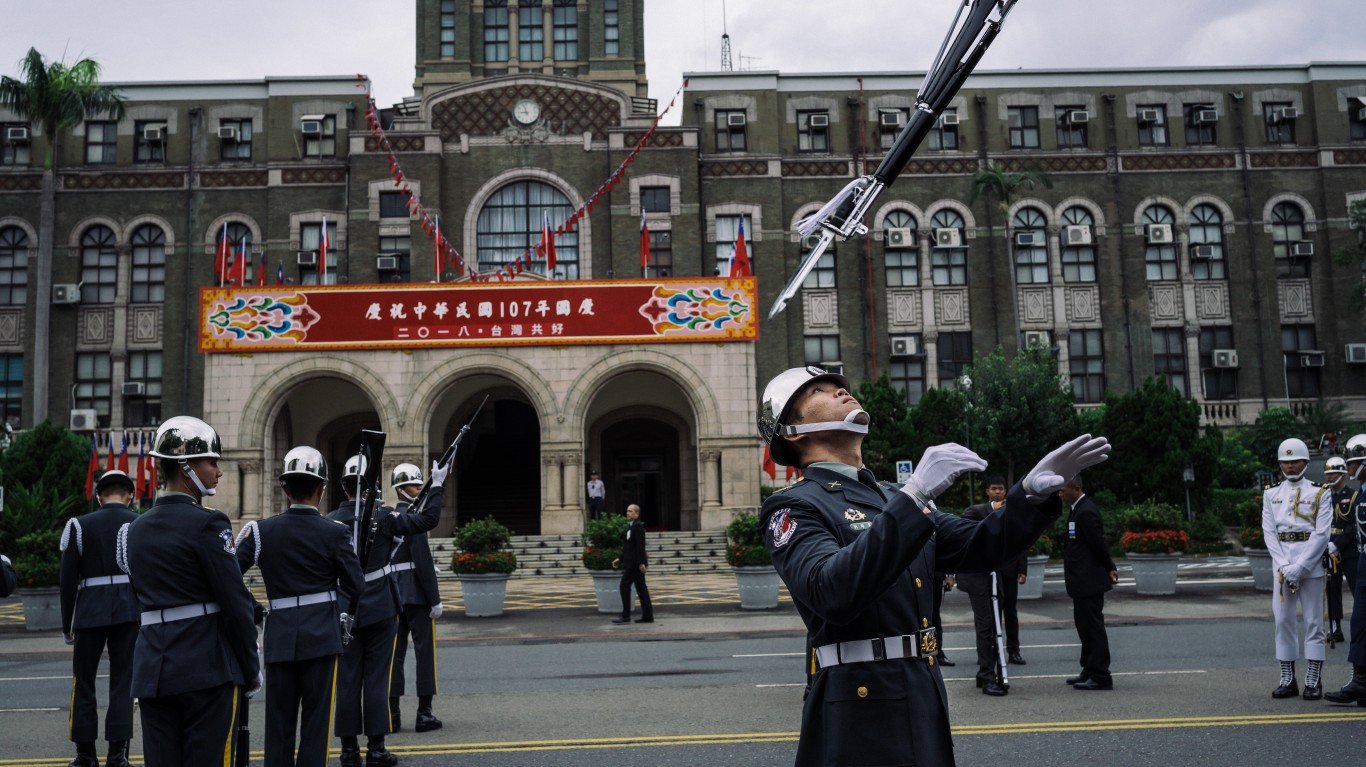

“War,” wrote Prussian military theorist Carl von Clausewitz, “is a mere continuation of policy by other means.” On War may have been written in the 19th century, but the book’s key ideas are still relevant to the present. As the ongoing conflict in Ukraine has demonstrated, autocratic regimes are still willing to employ violence to meet their policy goals.
China’s long-term ambitions in Taiwan are no secret. Beijing has sought reunification since the fall of the Republic of China in 1949. As a peaceful political reunion seems unlikely, the possibility of China using force to realize its policy goals has heightened tensions.
This article will examine how that conflict might unfold by considering the economic, geopolitical, and strategic factors.
Why This Matters
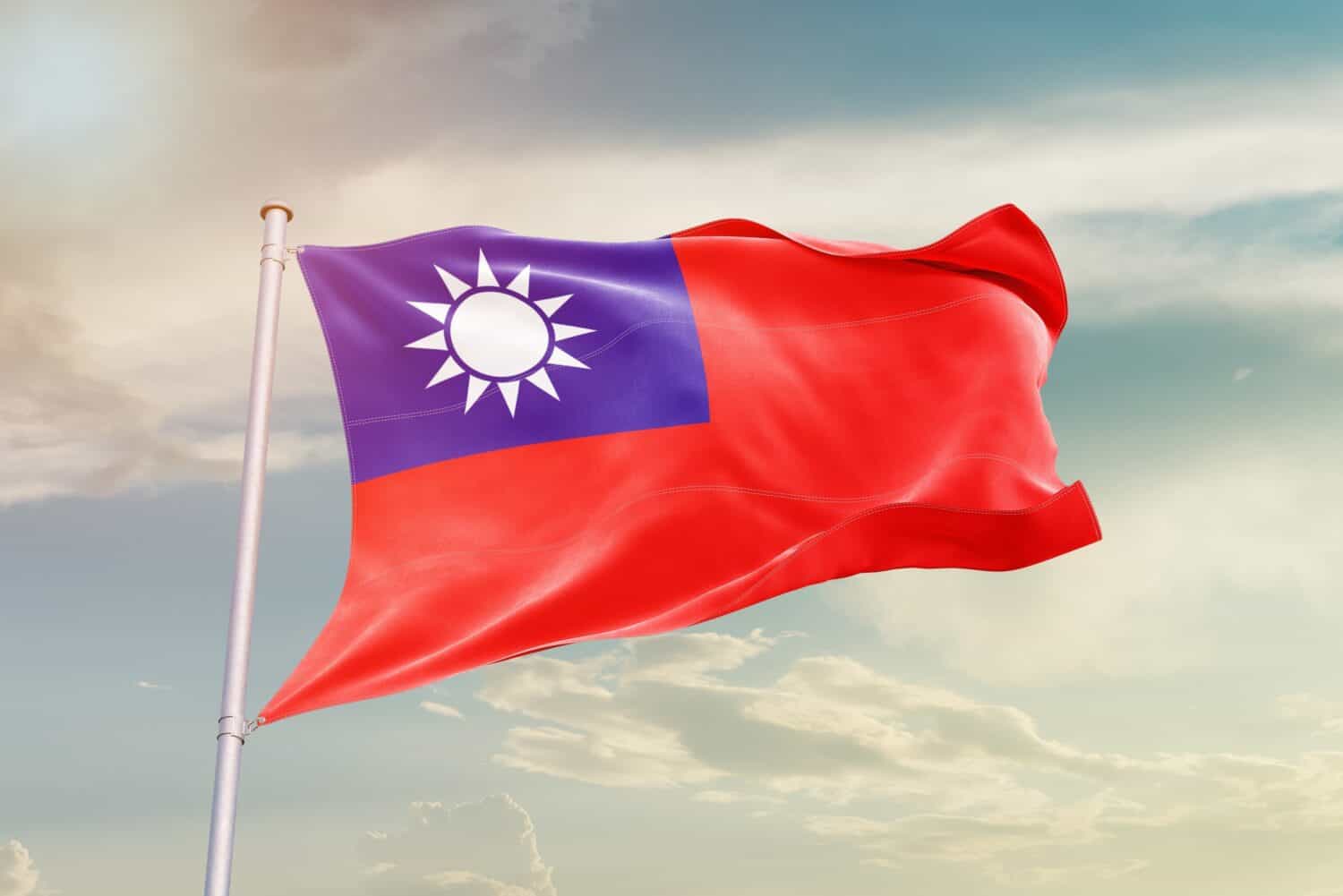
Taiwan received an $8 billion military aid package from the United States in April 2024. This deal signaled heightened tensions with China and the need for a stronger deterrent. Understanding how a conflict may play out will provide key insights into the measures needed to avert war.
The Current Picture
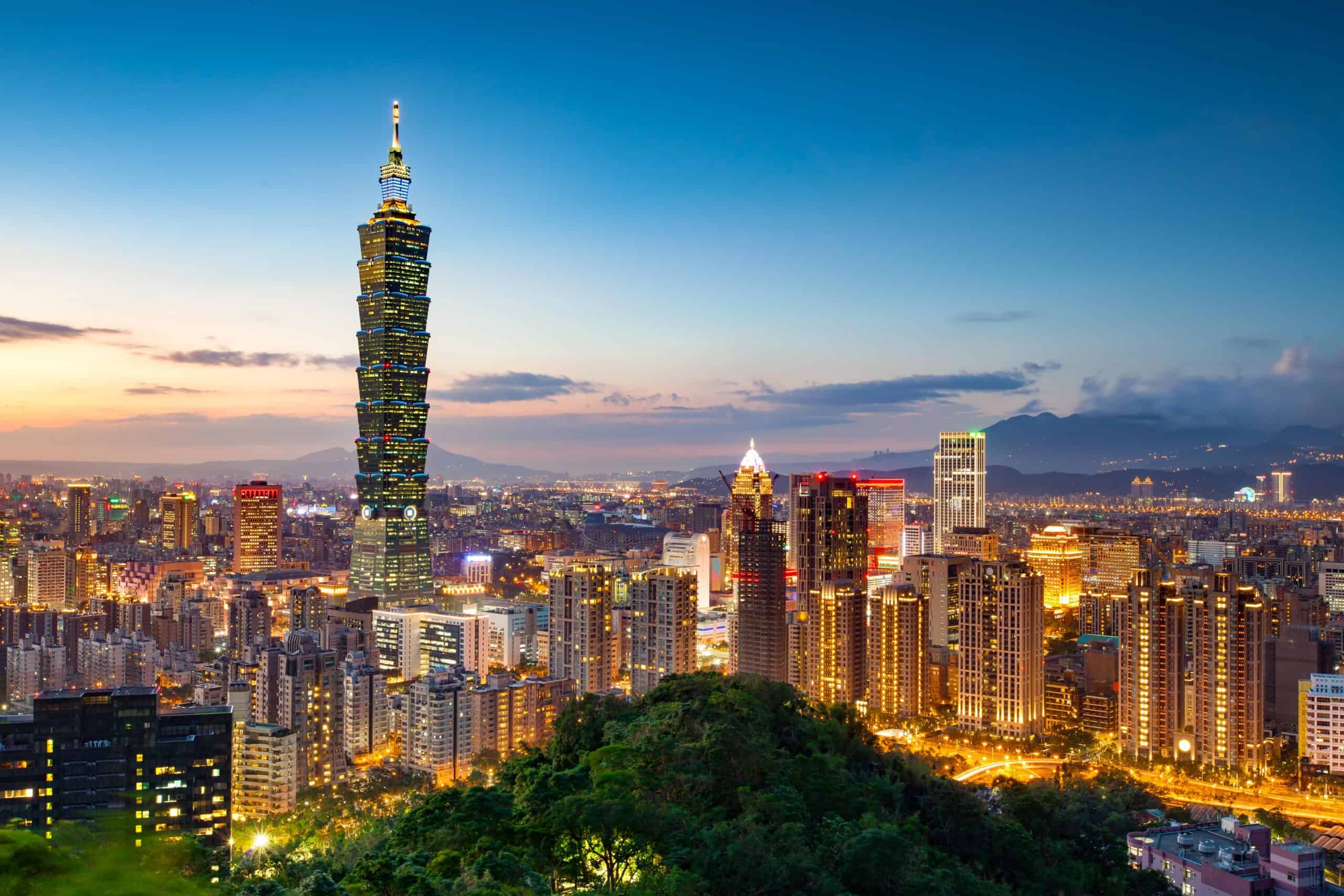
Though it has been governed independently since 1949, most countries do not formally recognize Taiwan. Taiwan is not a member of the UN and competes in the Olympics as Chinese Taipei. In China’s eyes, Taiwan is an upstart province that will be brought back into the fold, by force if necessary.
The election of Lai Ching-te as President of Taiwan in January 2024 was met with dismay by Beijing where he is seen as a dangerous separatist. Lai spoke out against China’s intimidation tactics in his inauguration speech. Any declaration of independence by Taipei would immediately trigger a war with China. Opinion polls reveal a strong desire to maintain the current status quo with unification the least popular option. If Xi Jinping wants to realize his aim of unification, force will be required. History shows this to be a dangerous path.
Lessons From History
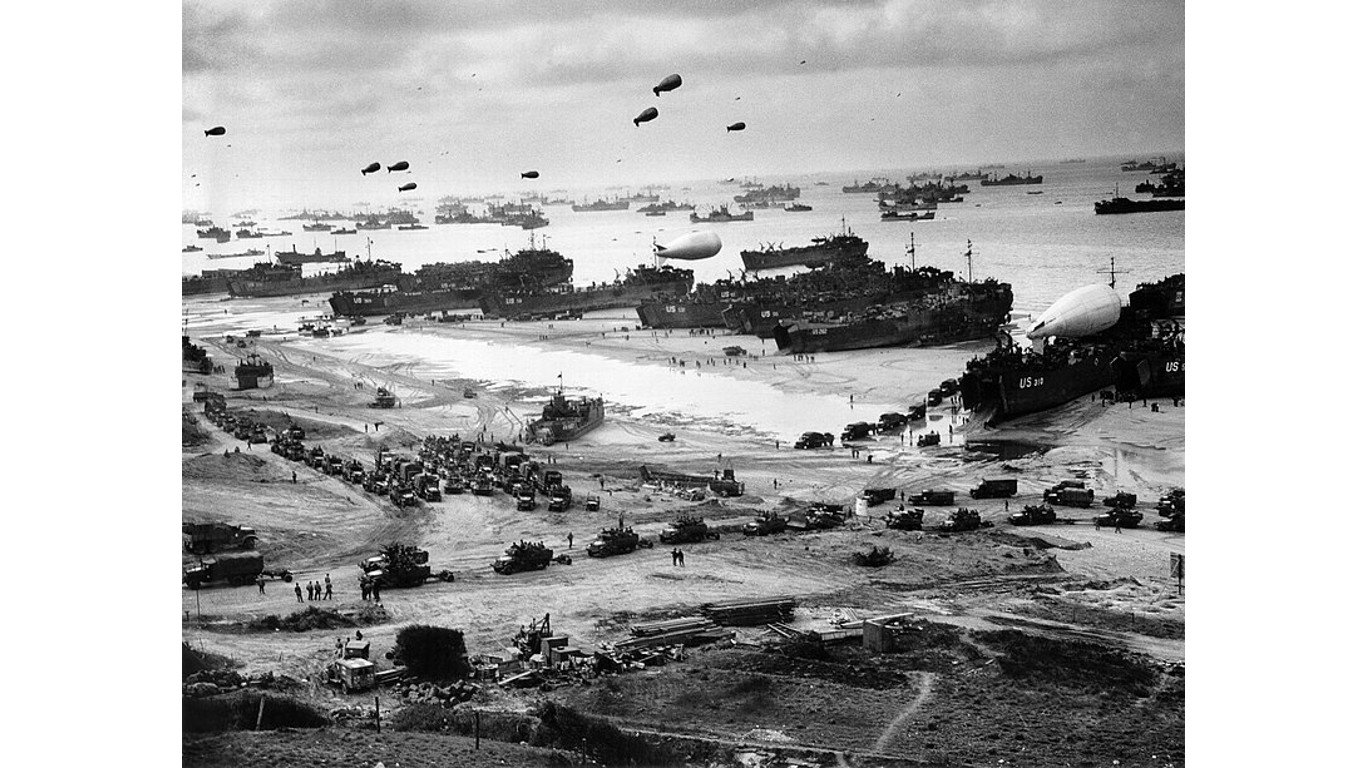
Few military endeavors are more difficult than an amphibious landing. A successful landing requires the right weather, coordination of different arms of the military, and an overwhelming advantage over the defenders. Even with those requirements, success is far from guaranteed. During the American Civil War, the Union had a clear advantage in manpower, firepower, and naval strength but suffered failures in the Peninsula Campaign (1862) and the first attempt on Fort Fisher (1864). Huge material advantages counted for little in the face of indecisive leadership.
During World War One, the British attempted to land an army in Gallipoli to take Constantinople in 1915. The world’s foremost naval power failed to make any headway against an empire whose best days were well behind them. The botched invasion was called off a few months later.
World War Two’s best-known amphibious landing was Operation Overlord. Far less known was the disastrous Dieppe Raid in 1942. The Allies sustained heavy losses in a botched landing in northern France. The debacle did at least supply important lessons for Overlord to succeed two years later.
Formosa Was A Formidable Obstacle
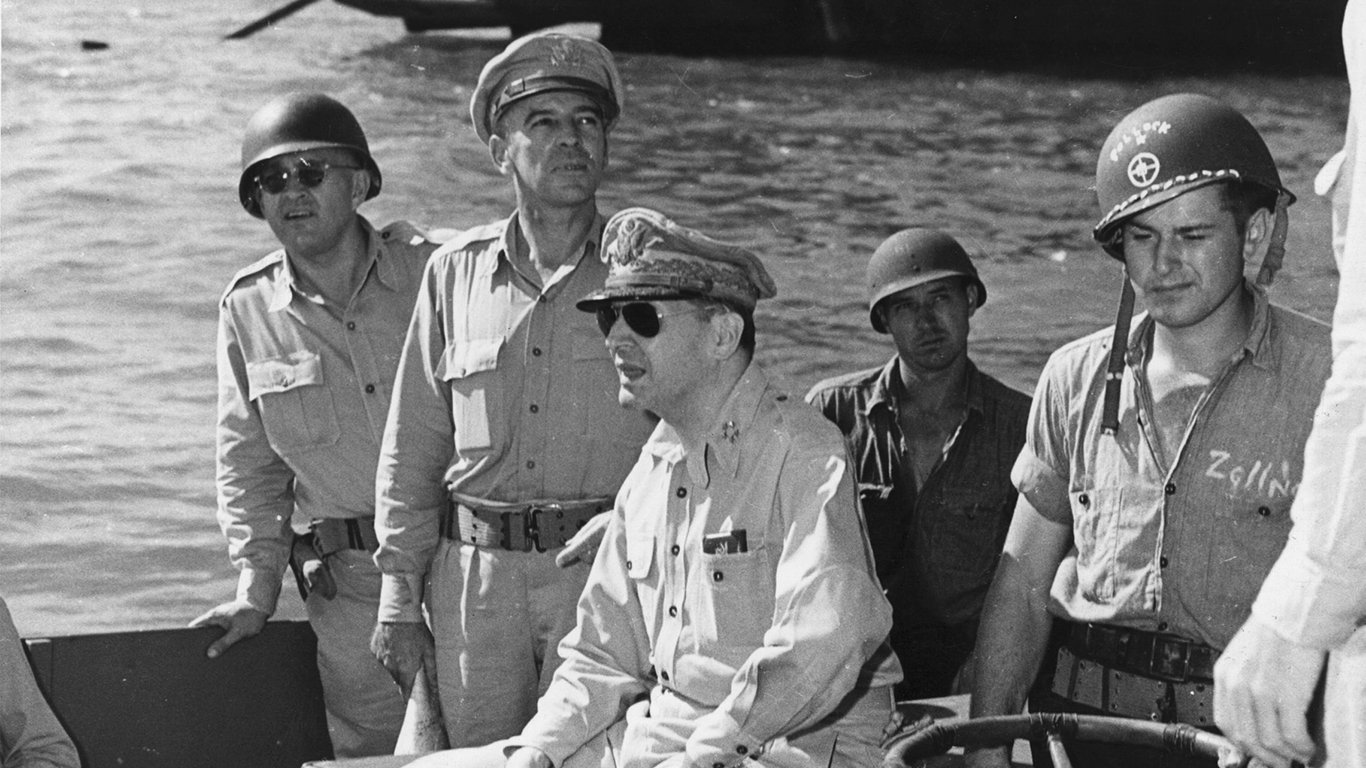
Taiwan does not have an extensive military history but there are a couple of operations worth examining. Historically known as Formosa, Taiwan was attacked by a small French force in 1884-5. Despite a hefty advantage in firepower, the small landing force was beaten back. Japan had better luck in 1895 but the conquest and subsequent occupation proved costly.
In World War Two, the United States contemplated Operation Causeway, a planned invasion of the Japanese-held Formosa in 1944-5. Though the Japanese garrison was relatively small and poorly equipped, Douglas McArthur and Chester Nimitz didn’t consider the plan feasible. Instead, Formosa was bypassed in favor of retaking Luzon in the Philippines.
A Natural Fortress
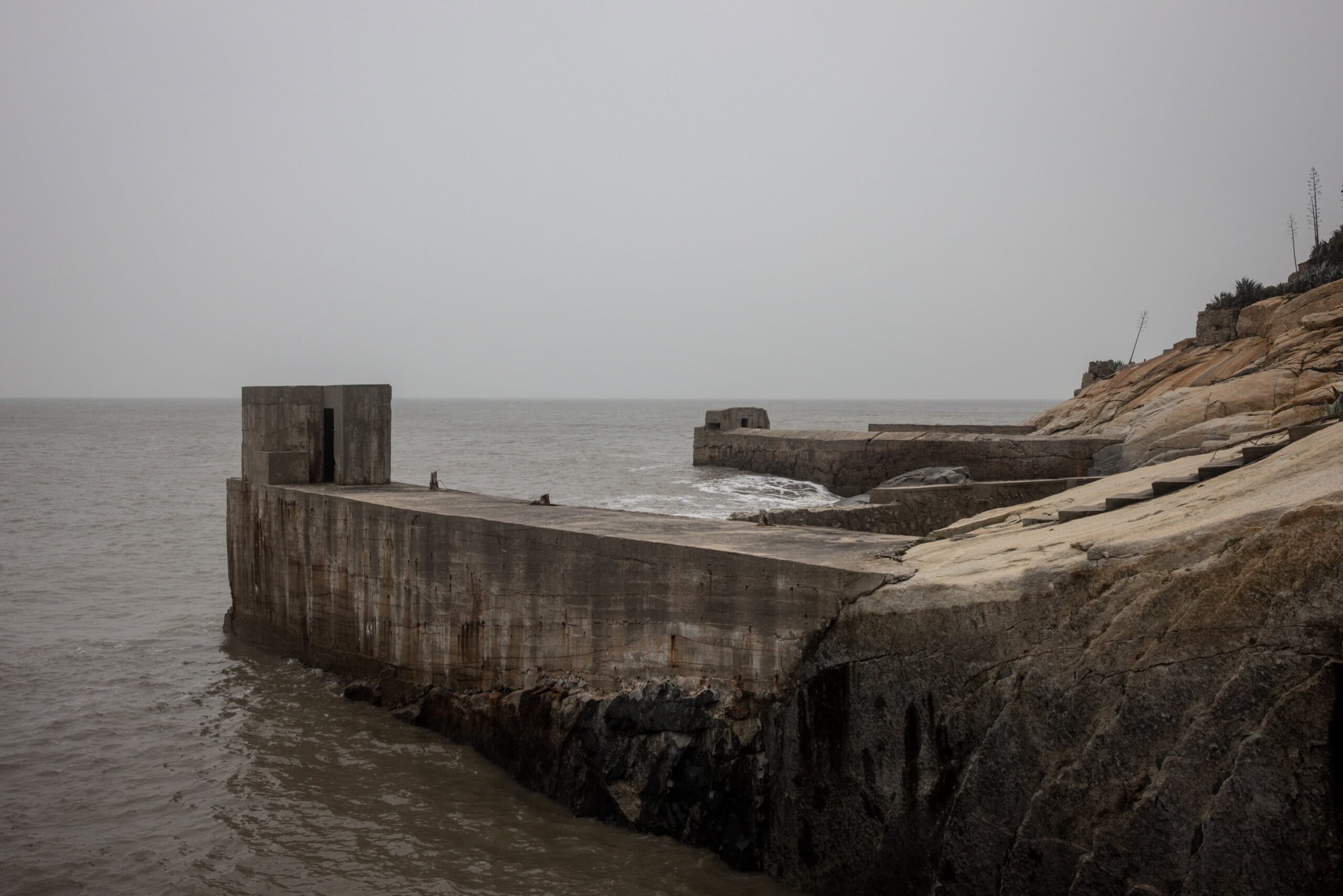
McArthur and Nimitz’s reservations about attacking Taiwan were understandable. Taiwan has formidable natural obstacles that make an invasion a daunting prospect. The western coast of Taiwan is an impenetrable line of cliffs while the east offers just a handful of possible landing sites. Worse, the rough waters restrict the window of opportunity to just a few months of the year. The coastal waters are shallow, reducing the range supporting ships can operate in. The first waves of the invasion would suffer horrific causalities.
Even if the People’s Liberation Army manages to secure a foothold, the terrain of Taiwan is skewed heavily in the defender’s favor. Dense jungles, mountains, and urban areas are exceptionally tough environments to operate in.
Taiwan’s Defenses
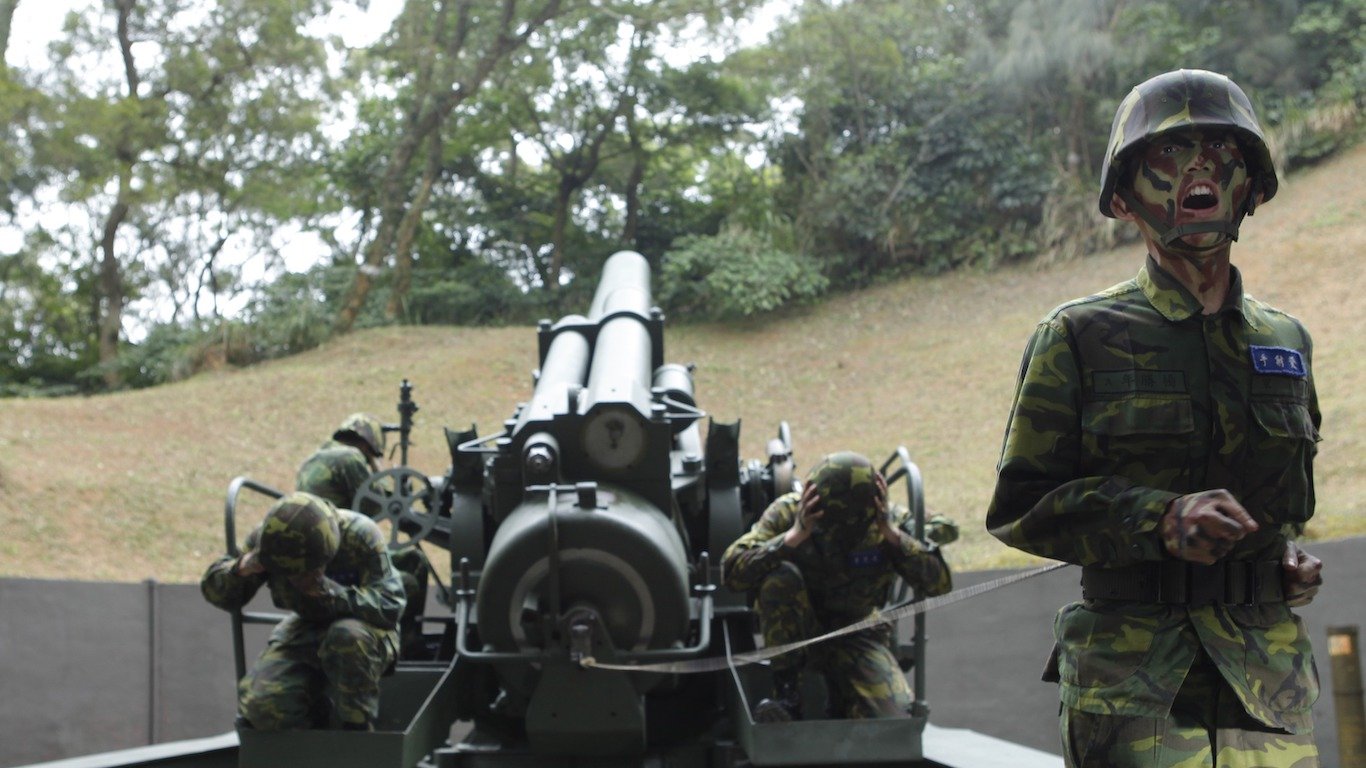
The military gap between Taiwan and China is enormous but that’s only part of the overall picture. Taiwan’s active military is only around 170,000 strong but has millions of trained reservists to call upon. Taiwan also has an advanced air defense network. A handful of Patriot missiles from the United States and locally-produced Tien-Kung (“sky bow”) surface-to-air batteries are dispersed throughout the island.
As the previous section showed, Taiwan enjoys some key natural advantages that will even the odds. The potential landing sites are no secret and the military regularly conducts training exercises on the so-called “Red Beaches.” Additionally, there are some low-cost options to slow down an invasion.
The shallow waters around the strait are easily mined. Taiwan recently acquired four ships for that purpose and civilian vessels could be repurposed in a pinch. Similarly, unmanned underwater drones and aircraft could pitch in to create a substantial but cheap wall of mines. Decoys and other barriers are also options. Taiwan could also consider detonating its ports as an emergency measure. This would severely hamper China’s ability to supply its forces.
China’s Military
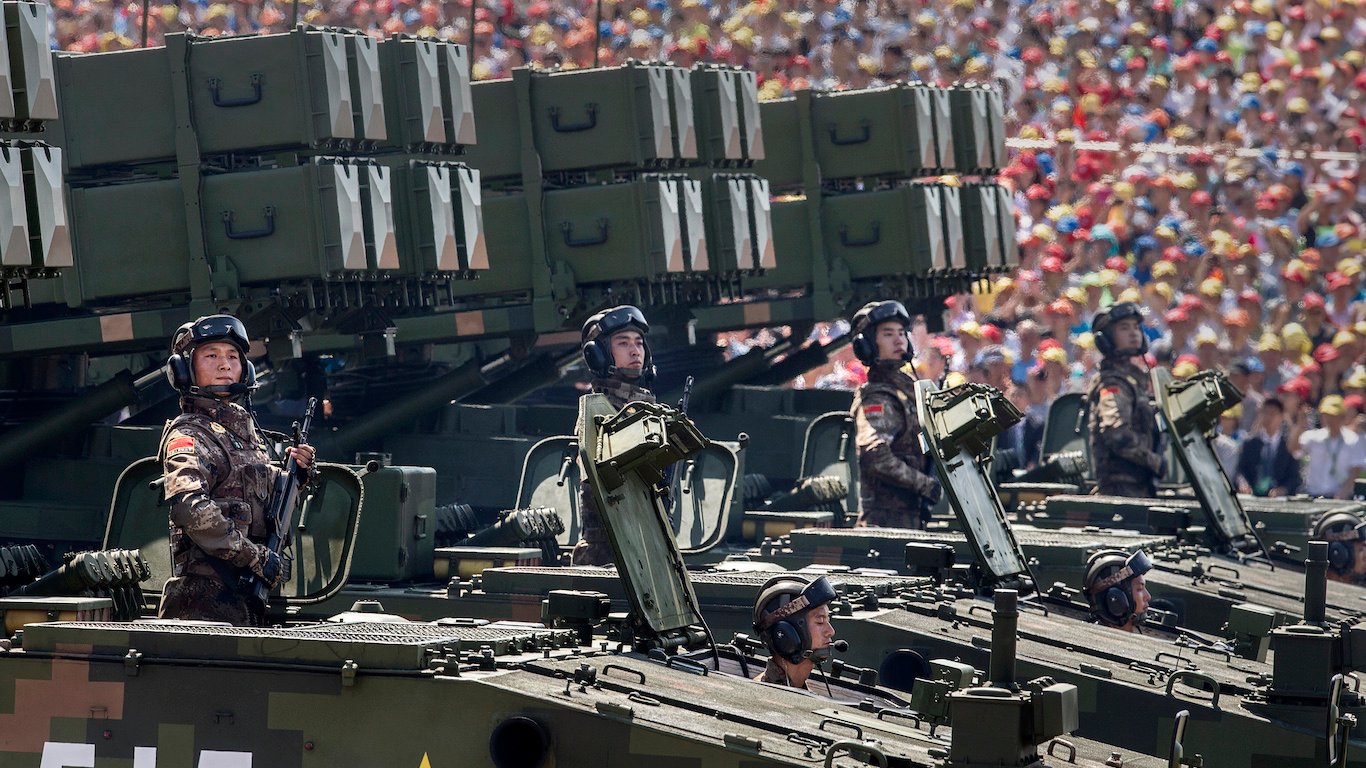
The People’s Liberation Army (PLA) has some major strengths but equally has some major shortcomings. An amphibious invasion of Taiwan will require, at minimum, 1.5 million soldiers to take the island. The PLA has the manpower but doesn’t have the landing craft needed. Yet.
The PLA is expected to have the means to take Taiwan by 2027. The question is whether the 70-year-old Xi Jinping will risk an invasion to cement his legacy.
The PLA has invested heavily in anti-access and area denial (A2/AD) munitions, which would prevent American carrier groups from intervening. China has the numbers and will have the hardware but it sorely lacks the operational experience such a difficult operation requires. The “peace disease” is a major concern for the PLA. The opening weeks of the war in Ukraine showed how badly a poorly-led force performs against a numerically and technologically inferior enemy. Reforms to clamp down on corruption and improve military education are underway but will take time to bear fruit.
The Hard Landing
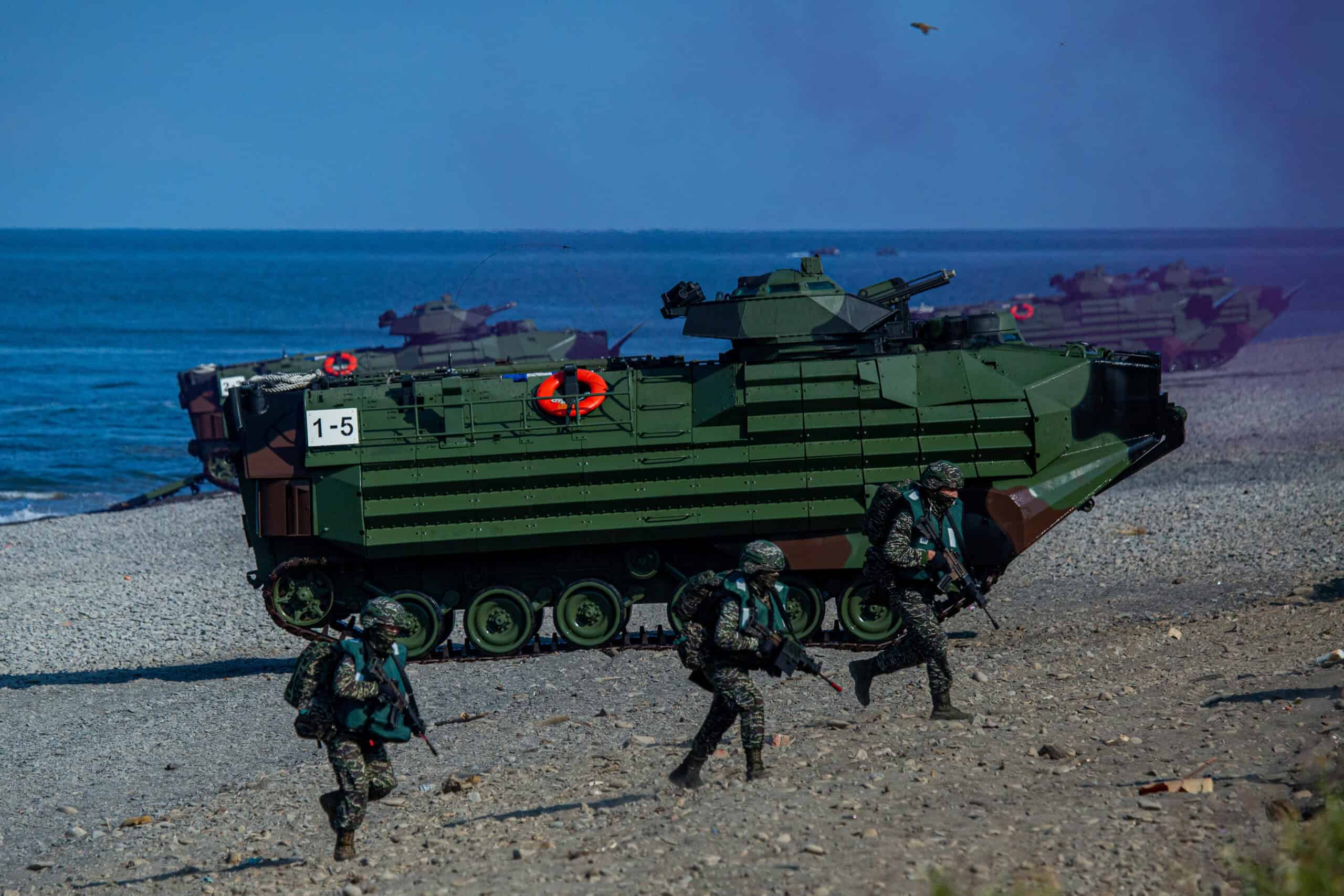
If China does attempt to take Taiwan by force, it will likely happen between 2027-2030. Like many other nations, China is facing a demographic crisis that will hamper recruitment efforts. There will be no element of surprise, such a large build-up of amphibious forces will not go unnoticed by the United States or Taiwan. As previously mentioned, the strait can only be crossed by an invading army at certain times of the year and the landing sites are all well-known. The PLA may attempt a decapitation strategy because most of Taiwan’s population and government are concentrated in the northeast. A swift victory against a prepared enemy with strong natural defenses will pose a serious challenge.
A massive bombardment will try to knock out Taiwan’s air defenses but the rugged terrain will make eliminating all the air batteries difficult. China will have to endure significant losses in material and personnel even in a best-case scenario. It will also be difficult for such an operationally inexperienced military to keep up the momentum needed after a landing. As discussed earlier, the terrain hardly makes for swift movement.
Attrition and Occupation
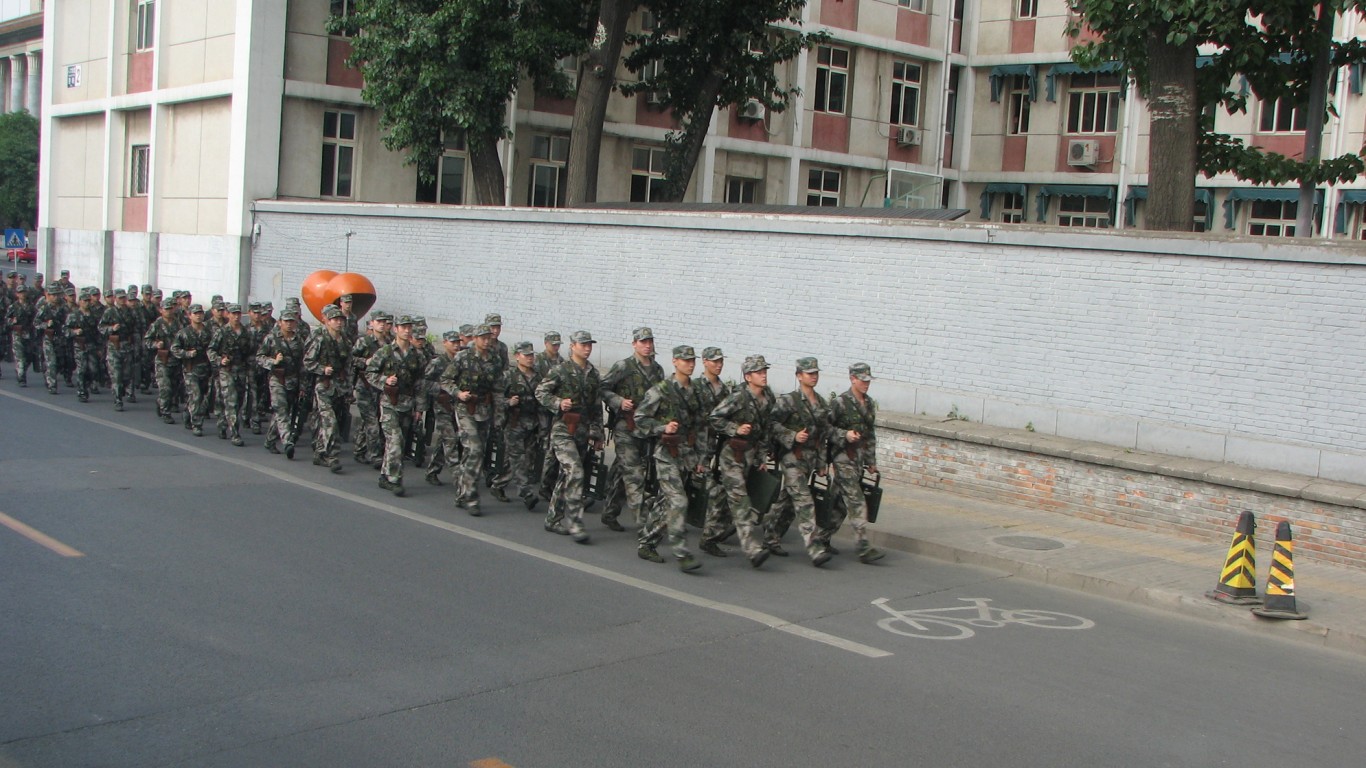
If the PLA does gain a foothold in Taiwan, which will not be easy, then it is likely China will defeat Taiwan’s military. The sheer numbers and firepower on Beijing’s side will eventually tell though the victory will be expensive. Much will depend on the Taiwanese population’s will to resist the invaders.
Defeating Taiwan’s army is just a part of the problem. As American ventures in Iraq and Afghanistan have shown, no amount of military power can force a hostile population into compliance. Of course, China will not have many qualms about cracking down on resistance. With such favorable terrain, a guerilla force could take months, if not years, to fully stamp out.
Civilian casualties are a certainty, the only question is the scale of the destruction China will inflict. Given the purported goal is unification, that may limit the deliberate bombing of cities and infrastructure. However, that restraint may be removed if the PLA fails to land or encounters stiff resistance.
The Economic Impact

Taiwan punches well above its weight economically. With a small population (23 million), the island’s economy relies on external trade. Taiwan provides roughly a quarter of the world’s supply of semiconductors, an important component in electronic products. China is still Taiwan’s most important trading partner, despite the tensions. A war between the two would have an impact on the wider world. There would be a shortage of semiconductors as Taiwan’s exports would cease entirely under naval blockade.
China is working towards self-sufficiency but still needs to import about 70% of its oil. The United States has emerged as one of China’s main suppliers recently. A conflict with Taiwan would jeopardize this relationship and the price globally. However, the effects would be shortlived and other partners would step up.
As the unevenly applied sanctions against Russia have already shown, the main problem tends to be enforcement. The world’s oil producers are hardly likely to go against such an important customer. How much economic damage would Washington accept to back Taiwan?
The United States
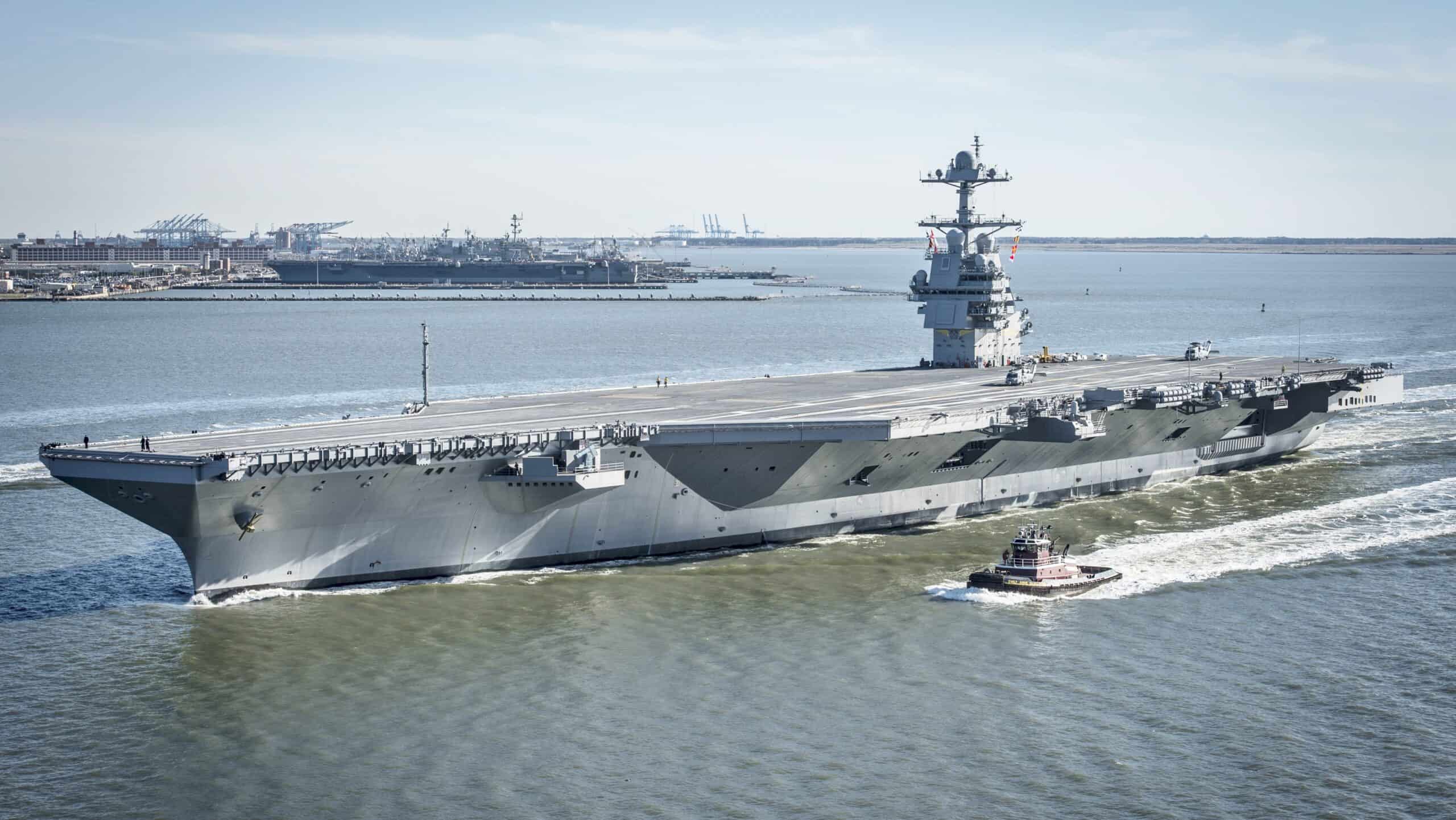
Direct military confrontation against a nuclear power is not a move that would be taken lightly. It’s unlikely the United States would intervene if China launched an invasion. As shown earlier, China’s investments in A2/AD weapons would limit the impact American carrier groups could have. This would also make supplying Taiwan with aid difficult, unlike Ukraine there’s no land route with a friendly nation to take.
Taiwan falling to Beijing would have serious geopolitical consequences. A de facto-independent ally in the Pacific is key to containing China’s influence. Domestic politics will also have a major bearing on what, if any, support the United States provides to Taiwan. American policy could and should be focused on preventing the war in the first place but that will require a credible deterrence strategy.
Conclusion
The war in Ukraine has shown that regimes are still willing to use force to realize political aims and that major numerical and firepower advantages don’t necessarily translate into battlefield success. Taiwan’s natural defensive advantages will prove difficult to breach, even for such a large military as China’s. The people of Taiwan favor the status quo but that will be increasingly difficult to maintain without a strong deterrence. Peaceful unification is looking increasingly out of sight for Beijing. With an aging population and a leader nearing the end of his lifespan, there is an element of ‘now or never’ for the Taiwan question. 2027-2030 is the window of opportunity, whether Xi Jinping will stake his legacy on such a risky venture remains to be seen.
For the United States, a military confrontation with China is a nightmare scenario that must be avoided. Maintaining an effective deterrence is a delicate balancing act of restraint while posing a credible threat.
Take This Retirement Quiz To Get Matched With An Advisor Now (Sponsored)
Are you ready for retirement? Planning for retirement can be overwhelming, that’s why it could be a good idea to speak to a fiduciary financial advisor about your goals today.
Start by taking this retirement quiz right here from SmartAsset that will match you with up to 3 financial advisors that serve your area and beyond in 5 minutes. Smart Asset is now matching over 50,000 people a month.
Click here now to get started.
Thank you for reading! Have some feedback for us?
Contact the 24/7 Wall St. editorial team.